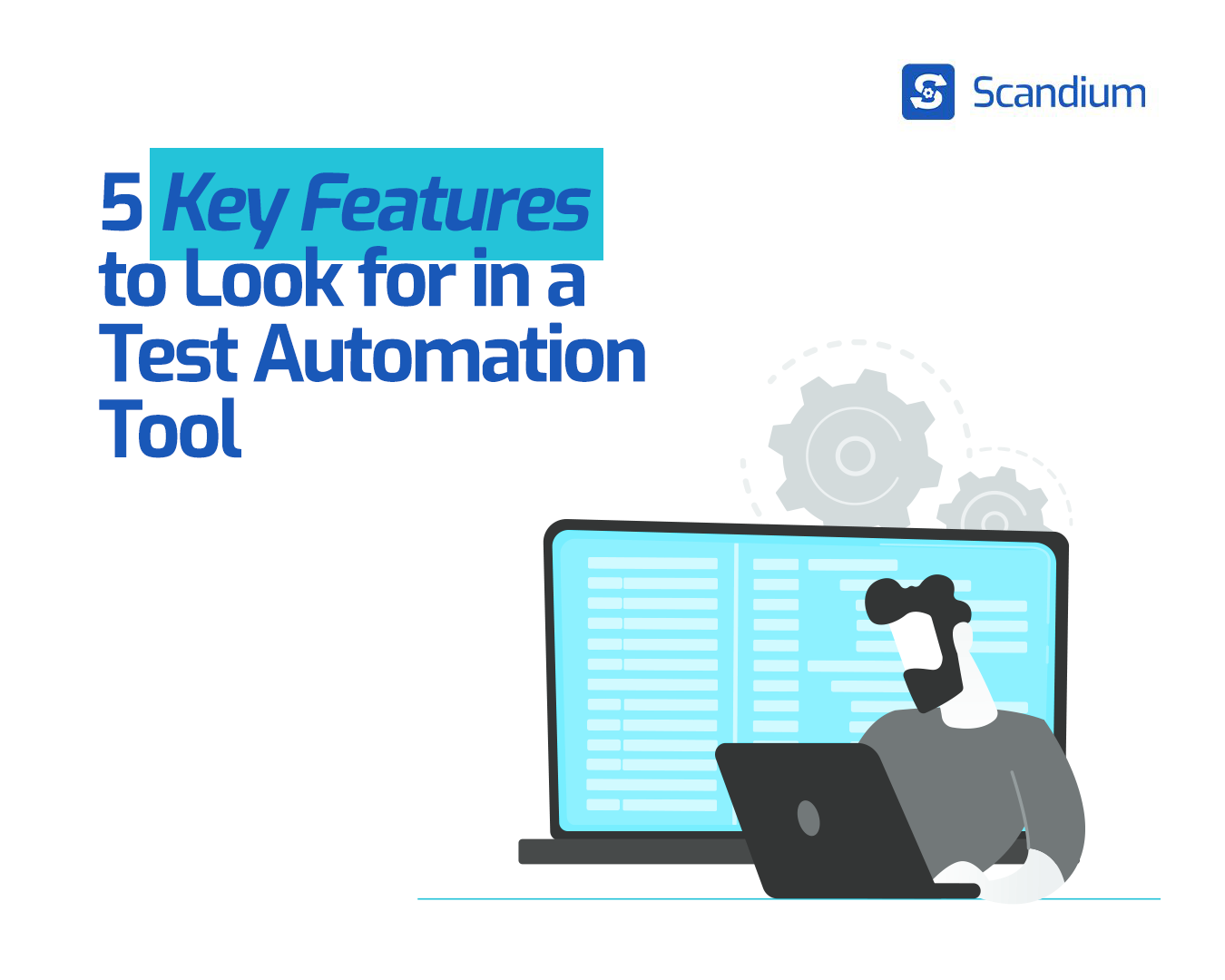
You may currently be seeking a tool for conducting software test automation, unsure of what criteria to prioritize in your selection. Ensuring your chosen tool is comprehensive is crucial, as productivity is paramount in any tool’s utility. This article aims to guide you towards making an informed decision by highlighting key features to consider when evaluating test automation tools.
Choosing the right test automation tool can significantly streamline your software testing processes, enhance efficiency, and improve overall product quality. With numerous options available in the market, it’s crucial to understand the essential features that make a test automation tool effective and suitable for your needs. Here are five key features to consider when evaluating test automation tools:
Five Key Features to Consider When Choosing Test Automation Tools
1. Ease of Use and Learning Curve
A user-friendly interface and intuitive design are essential for rapid adoption across your team. Look for tools that offer straightforward navigation, easy setup, and require minimal coding knowledge. This ensures that testers, developers, and stakeholders can quickly integrate the tool into their workflow without extensive training.
2. Cross-Platform and Cross-Browser Compatibility
Ensure that the test automation tool supports testing across various platforms (e.g., web, mobile) and browsers (e.g., Chrome, Firefox, Safari). This capability ensures comprehensive test coverage and allows you to identify compatibility issues early in the development cycle.
3. Support for Multiple Testing Types
A robust test automation tool should support a wide range of testing types, including functional testing, regression testing, performance testing, and API testing. This versatility enables you to address different aspects of software quality and scalability requirements effectively.
4. Integration with Existing Tools and Ecosystem
Seamless integration with your existing development and testing ecosystem (e.g., CI/CD pipelines, issue tracking systems) is crucial for optimizing workflows and maintaining productivity. Look for tools that offer APIs, plugins, or native integrations with popular tools and platforms used in your organization.
5. Comprehensive Reporting and Analytics
Effective test automation tools provide detailed and actionable insights through comprehensive reporting and analytics features. Look for tools that offer customizable dashboards, real-time test execution metrics, and trend analysis capabilities. These features empower teams to identify trends, track progress, and make data-driven decisions to improve software quality.
Conclusion
By prioritizing these five key features when evaluating test automation tools, you can make an informed decision that aligns with your organization’s testing goals, enhances productivity, accelerates time-to-market, and ultimately delivers higher-quality software products.
Remember, the right test automation tool should not only meet your current requirements but also scale with your organization’s future needs. Investing in a tool that offers flexibility, usability, and robust functionality will ensure long-term success in your software testing endeavours.
Scandium stands out as a comprehensive test automation solution that combines ease of use, cross-platform compatibility, language flexibility, robust reporting, and seamless integration capabilities. Choose Scandium to streamline your testing processes, improve software quality, and achieve sustainable testing success. For more information on how Scandium can elevate your test automation efforts, visit Scandium’s website or request a demo for personalized demonstrations and consultations. Empower your teams with Scandium and embark on a journey towards efficient and effective software testing.
